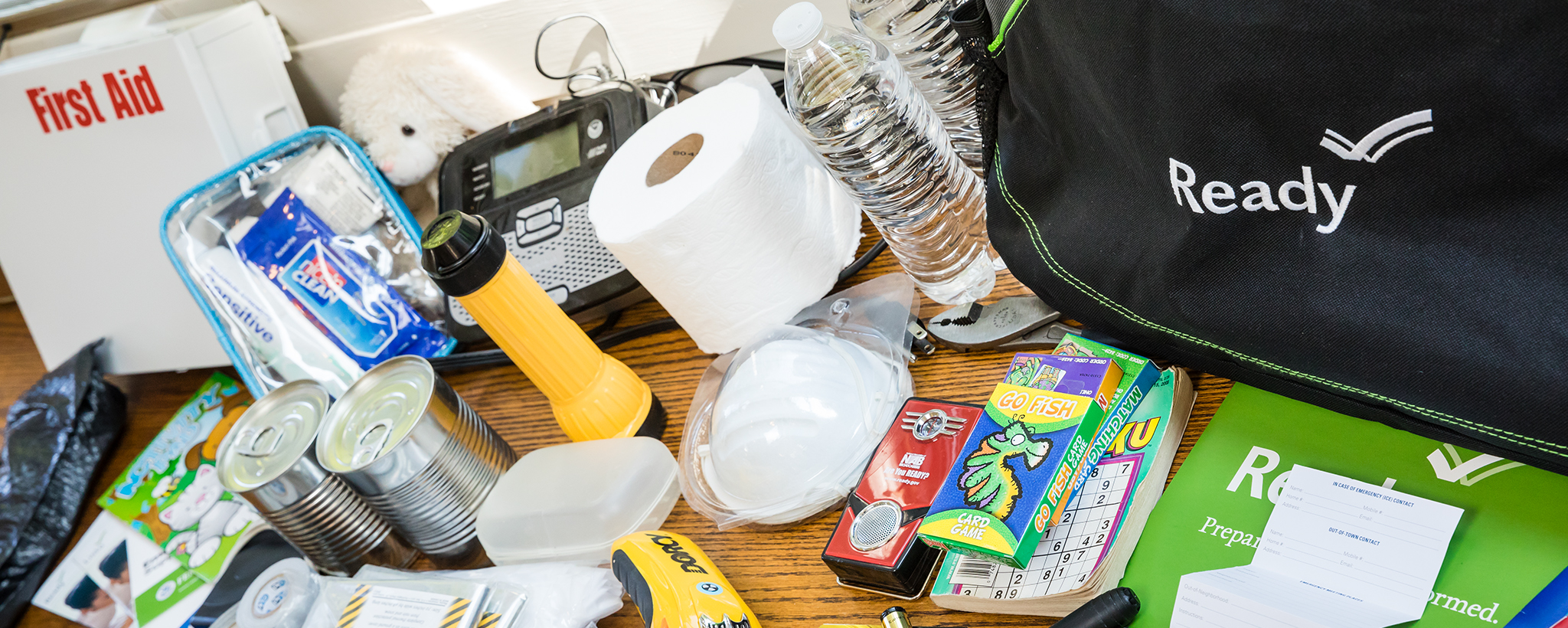Crucial Emergency Preparedness: Your Comprehensive Guide
Crucial Emergency Preparedness: Your Comprehensive Guide
Blog Article
How to Develop a Detailed Emergency Readiness Plan
In the realm of readiness, creating an extensive emergency strategy is not simply a job to examine off a list; it is an important cornerstone of any company or individual's strength approach. By diligently crafting a strategy that resolves different aspects of emergency monitoring, including danger assessment, communication protocols, resource allocation, and strategic decision-making, one can lay a strong foundation for securing operations, lives, and assets.
Significance of Emergency Readiness
Emergency readiness is crucial for mitigating potential risks and guaranteeing the security of people and communities. In today's globe, where natural catastrophes, public wellness dilemmas, and other emergency situations can strike without caution, being prepared can make a significant distinction in decreasing the influence of these occasions. By having a well-balanced emergency situation preparedness strategy in position, organizations and individuals can respond successfully, safeguard lives, and lower residential or commercial property damages.
One of the main reasons that emergency readiness is crucial is its function in conserving lives. Having a plan that outlines clear treatments for interaction, evacuation, and emergency reaction can aid people act promptly and emphatically when emergencies take place (anchor). This can stop injuries and fatalities by making certain that individuals know what actions to take to stay safe
Moreover, emergency situation readiness improves the strength of neighborhoods. By cultivating a society of readiness and planning for different circumstances, communities can get better more promptly from calamities and interruptions. This durability is essential for preserving security, connection of operations, and total well-being in the face of hardship.
Assessing Prospective Dangers
Thinking about the value of being gotten ready for unexpected occasions, the preliminary action in developing a reliable emergency readiness plan entails completely assessing and examining prospective threats. This evaluation calls for a thorough testimonial of all possible threats that might affect the company, taking into account aspects such as area, market, and historical information on cases. By determining these risks, organizations can prioritize their readiness initiatives and designate sources efficiently to alleviate the most considerable hazards.
Typical threats that organizations may encounter consist of all-natural catastrophes like cyclones, floods, or quakes, technical threats such as power blackouts or information breaches, as well as human-caused risks like mishaps or deliberate acts of physical violence. Performing a threat analysis also entails thinking about the potential effect of these events on the organization's operations, workers, clients, and reputation. By conducting a complete threat evaluation, companies can establish tailored emergency situation feedback strategies that address their details susceptabilities and make sure efficient preparedness for any prospective crisis.
Producing a Communication Plan
Establishing a clear and comprehensive communication strategy is vital for effective emergency preparedness within companies. In times of situation, communication plays a critical duty in making certain the safety and security and health of employees, stakeholders, and the community. A well-balanced interaction strategy should lay out clear lines of interaction, designate key employees accountable for communication jobs, and establish protocols for sharing info rapidly and accurately.
One secret facet of developing a communication plan is identifying key and alternating communication networks (EMERGENCY PREPAREDNESS). These can include email, text messaging, phone trees, social media platforms, and public address systems. It is critical to guarantee that these networks are dependable, obtainable, and consistently evaluated to guarantee their efficiency during emergencies

Building an Emergency Situation Set
Offered the important value of readiness in times of dilemma, a vital part that companies need to address is the facility of an emergency kit. An emergency kit works as an important source that can help alleviate the influence of unexpected events, ensuring that important supplies and devices are easily offered when needed most. When putting together an emergency situation package, it is vital to take into consideration the details requirements and scenarios of the company. Standard products such as water, non-perishable food, emergency treatment supplies, flashlights, batteries, and a battery-powered radio are basic parts of any emergency package. In addition, companies should include vital documents, such as get in touch with listings, insurance info, and emergency situation reaction strategies, in water resistant containers within the kit. Consistently examining and updating the materials of the emergency situation package is essential to make sure that products are useful and existing. By proactively keeping an emergency situation and developing set, companies can boost their preparedness to efficiently react to dilemmas and safeguard their employees and possessions.
Establishing Evacuation Treatments
To make certain the safety and security and organized discharge of employees during emergencies, organizations must develop clear and effective emptying treatments. Emptying procedures must include a series of prospective circumstances, consisting of fires, all-natural calamities, or various other emergencies that require swift discharge.

In addition, organizations ought to establish a system for accountancy for all workers throughout an evacuation to make sure that everybody has actually securely exited the facilities. Communication plays a crucial duty in emptying procedures, with clear directions on exactly how to evacuate and when to do so. Normal evaluation and upgrading of discharge treatments based upon feedback and changing circumstances are important to preserving the performance of the plan.
Conclusion
In conclusion, creating a thorough emergency preparedness plan is essential for ensuring the safety and security and wellness of individuals in case of a calamity (EMERGENCY PREPAREDNESS). By examining possible risks, developing a communication strategy, developing an emergency situation kit, and developing emptying procedures, people and organizations can be much better geared up to react successfully to emergency situations. It is necessary to prioritize preparedness efforts to minimize the impact of calamities and protect lives and residential property
In the world of readiness, developing a comprehensive emergency plan is not simply a job to check off a list; it is an important foundation of any type of organization or person's durability strategy. When emergency situations take place, having a plan that lays out clear treatments for discharge, interaction, and emergency situation response can assist individuals act swiftly and decisively. this. By carrying out a thorough danger evaluation, companies can establish customized emergency reaction strategies that resolve their specific susceptabilities and make certain reliable preparedness for any type of prospective crisis
Developing a extensive and clear interaction plan is crucial for effective emergency situation preparedness within organizations. By examining potential risks, developing an interaction plan, constructing an emergency set, and establishing emptying procedures, people and companies can be much better equipped to react properly to emergency situations.
Report this page